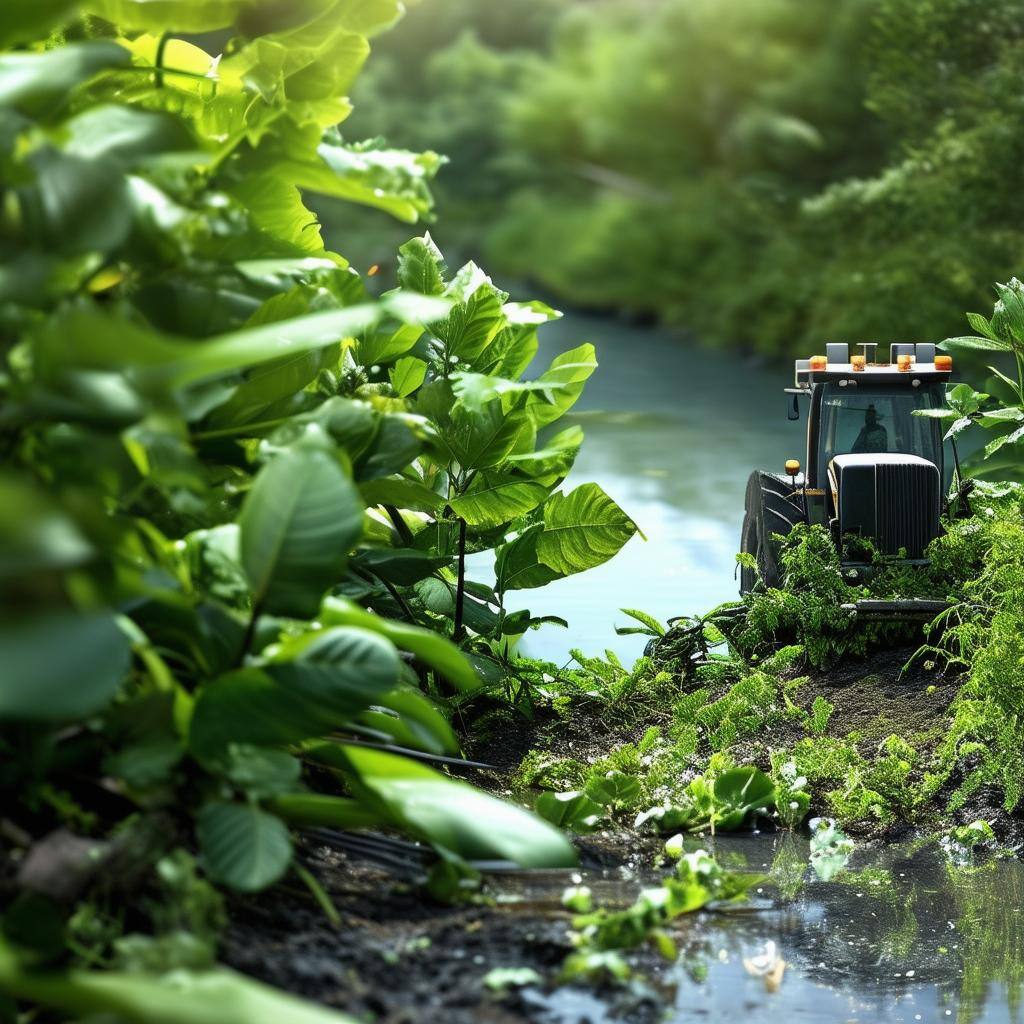Environmental equipment is critical for businesses and municipalities focused on sustainable practices, regulatory compliance, and environmental stewardship. Financing or leasing these tools ensures companies can access the necessary equipment without the significant upfront investment, enabling environmentally friendly operations.
What is Environmental Equipment?
Environmental equipment encompasses machinery and tools used for pollution control, waste management, renewable energy production, and environmental monitoring. This equipment supports industries in meeting environmental regulations and reducing their ecological footprint.
Types of Environmental Equipment Eligible for Financing
-
Waste Management Equipment:
- Compactors, shredders, and balers.
- Waste collection vehicles and dumpsters.
-
Water Treatment Systems:
- Filtration units, desalination systems, and reverse osmosis equipment.
- Sewage treatment plants and stormwater management systems.
-
Air Quality Control Equipment:
- Dust collectors, air scrubbers, and emissions control systems.
- Industrial ventilation and filtration systems.
-
Recycling Equipment:
- Plastic, metal, and paper recycling machines.
- Sorting conveyors and crushers.
-
Renewable Energy Equipment:
- Solar panels, wind turbines, and battery storage systems.
- Biomass and geothermal energy systems.
-
Soil Remediation Equipment:
- Excavators, soil stabilization systems, and bioremediation tools.
-
Environmental Monitoring Tools:
- Air and water quality sensors, noise monitors, and data logging systems.
-
Hazardous Waste Handling Equipment:
- Spill containment systems, hazmat transport vehicles, and decontamination units.
Benefits of Financing or Leasing Environmental Equipment
-
Cost Management:
- Spread the expense over time, preserving cash flow.
-
Immediate Access:
- Acquire advanced equipment quickly without waiting to save capital.
-
Stay Up-to-Date:
- Leverage the latest technologies to meet evolving environmental standards.
-
Tax Benefits:
- Lease payments are often tax-deductible, and financed equipment may qualify for depreciation.
-
Flexible Options:
- Upgrade or replace equipment as technologies advance.
-
Regulatory Compliance:
- Ensure your operations meet environmental regulations and avoid penalties.
Financing & Leasing Options for Environmental Equipment
-
Equipment Loans:
- Purchase equipment outright with structured repayment plans.
-
Operating Leases:
- Rent equipment for a specified term with options to upgrade or return.
-
Capital Leases:
- Lease-to-own agreements for long-term use with ownership at the lease's end.
-
Vendor Financing:
- Financing directly through equipment manufacturers or distributors.
-
Sale-Leaseback:
- Sell owned equipment to a lender and lease it back to free up working capital.
-
Green Financing Programs:
- Specialized programs that offer favorable terms for environmentally beneficial projects.
How to Qualify for Environmental Equipment Financing
-
Financial Stability:
- Provide financial statements, income reports, and cash flow projections.
-
Business Plan:
- Detail how the equipment will be used and its environmental impact.
-
Equipment Specifications:
- Submit quotes or descriptions of the required equipment.
-
Credit Profile:
- Maintain a good credit history to secure favorable terms.
-
Regulatory Compliance Proof:
- Show adherence to local and industry-specific environmental regulations.
Industries That Benefit from Environmental Equipment Financing
-
Manufacturing:
- Reduce emissions and manage industrial waste effectively.
-
Construction:
- Support green building initiatives with sustainable equipment.
-
Waste Management:
- Expand recycling operations and waste disposal capabilities.
-
Energy:
- Transition to renewable energy sources like solar and wind.
-
Municipalities:
- Upgrade public infrastructure with eco-friendly systems.
-
Agriculture:
- Implement water-saving and soil conservation technologies.
Steps to Secure Environmental Equipment Financing
-
Evaluate Needs:
- Identify the specific equipment necessary for your operations.
-
Research Lenders:
- Compare offers from banks, leasing companies, and specialized green financiers.
-
Prepare Documentation:
- Gather financial records, business plans, and equipment specifications.
-
Submit Application:
- Provide all required details for the lender’s review.
-
Review Terms:
- Analyze interest rates, repayment schedules, and lease terms.
-
Finalize Agreement:
- Sign the contract and arrange for equipment delivery and installation.
Key Considerations
-
Environmental Impact:
- Choose equipment that aligns with sustainability goals and reduces your carbon footprint.
-
Maintenance and Support:
- Verify if the financing or leasing agreement includes maintenance services.
-
Resale Value:
- Assess the potential resale value of purchased equipment.
-
Compliance:
- Ensure the equipment meets all regulatory requirements.
-
ROI Analysis:
- Evaluate cost savings or revenue generation potential from using the equipment.
Conclusion
Environmental equipment financing and leasing provide a practical pathway for businesses and organizations to adopt sustainable practices while managing costs effectively. By partnering with a trusted lender, you can invest in advanced equipment that enhances operational efficiency, ensures regulatory compliance, and supports long-term environmental goals. Whether upgrading your facilities or starting a green initiative, these financing solutions help achieve your objectives with minimal financial strain.











